
Reasons for the high temperature of high-speed shaft bearings:
Causes of high vibration value of high-speed rotating machinery:
High-speed motor inverter selection:
For high-speed motors, when the IGBT switching frequency of the inverter is increased, the output harmonics will increase. Because the reactance of the high-speed permanent magnet synchronous motor is small, the harmonics will cause the motor to generate serious heat. The magnet will demagnetize, and the control will be unstable, so the output harmonic of the inverter needs to be weakened.</span><br><span> The switching frequency of the drive is generally selected to be 12-15 times the maximum operating frequency of the motor. The higher the motor frequency, the higher the corresponding ratio of the required switching frequency.
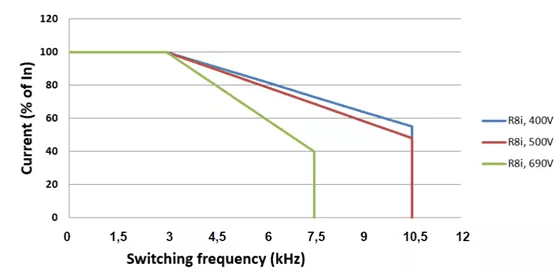
Dynamometer selection method:
According to different motor models, there are two types of S1 curve (continuous duty system) in the operating stage from static to rated operating point: using the maximum torque allowed in temperature and using constant torque (usually using constant torque). The power will increase with the speed according to the torque type. This is followed by a period of constant power, during which field weakening occurs. The field weakening range is limited by the voltage limit value. The overload capacity is generally implemented according to the S6 (40%) work system.

The selection of dynamometer needs to consider the following factors:
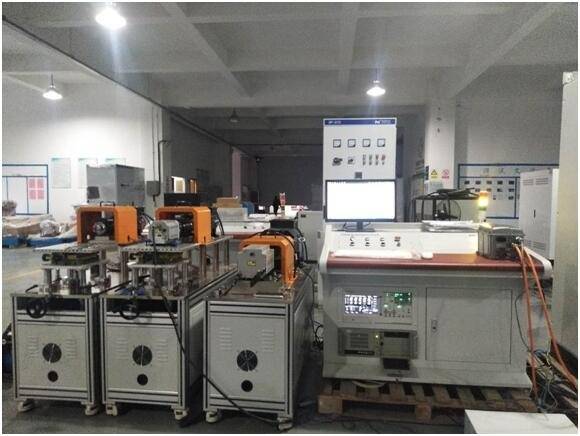
The guidance for Selecting Motor Testing System:
1.According to the tested motor type, parameters, and test function requirements, comprehensively consider the selection of a series of dynamometers (GZC series hysteresis dynamometer, GZF series magnetic particle dynamometer, GZW series eddy current dynamometer, GZDL series electric dynamometer machine).
2.Select a certain range dynamometer according to the parameters of the motor under test
1). The speed of the motor to be tested cannot be greater than the maximum speed of the dynamometer.
2). The rated torque of the motor under test should be within 10%-100% of the full scale.
3). If temperature rise test is required, the rated power of the motor under test cannot be greater than the continuous operating power of the dynamometer.
3.Choose a suitable test system according to the type of motor under test and test function requirements to form a complete dynamometer system.
If it is difficult to choose, you can provide us with the rated parameters and peak parameters of the motor (you can also send us samples directly), and we will provide a more reasonable solution.
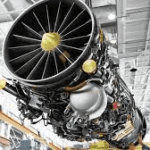
Wir stellen die Torquemeter zur Verfügung, Kupplungen, Schwungräder, Spindeln & test rigs for both helicopter and aero engine component testing
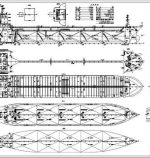
Wir bieten eine Testlösung für Meeresmotoren, Antriebssysteme, Elektromotoren, Generatorsätze, Getriebegetriebe, Hilfsstromsysteme, Abgassysteme, und Ersatzteile für Schiffe
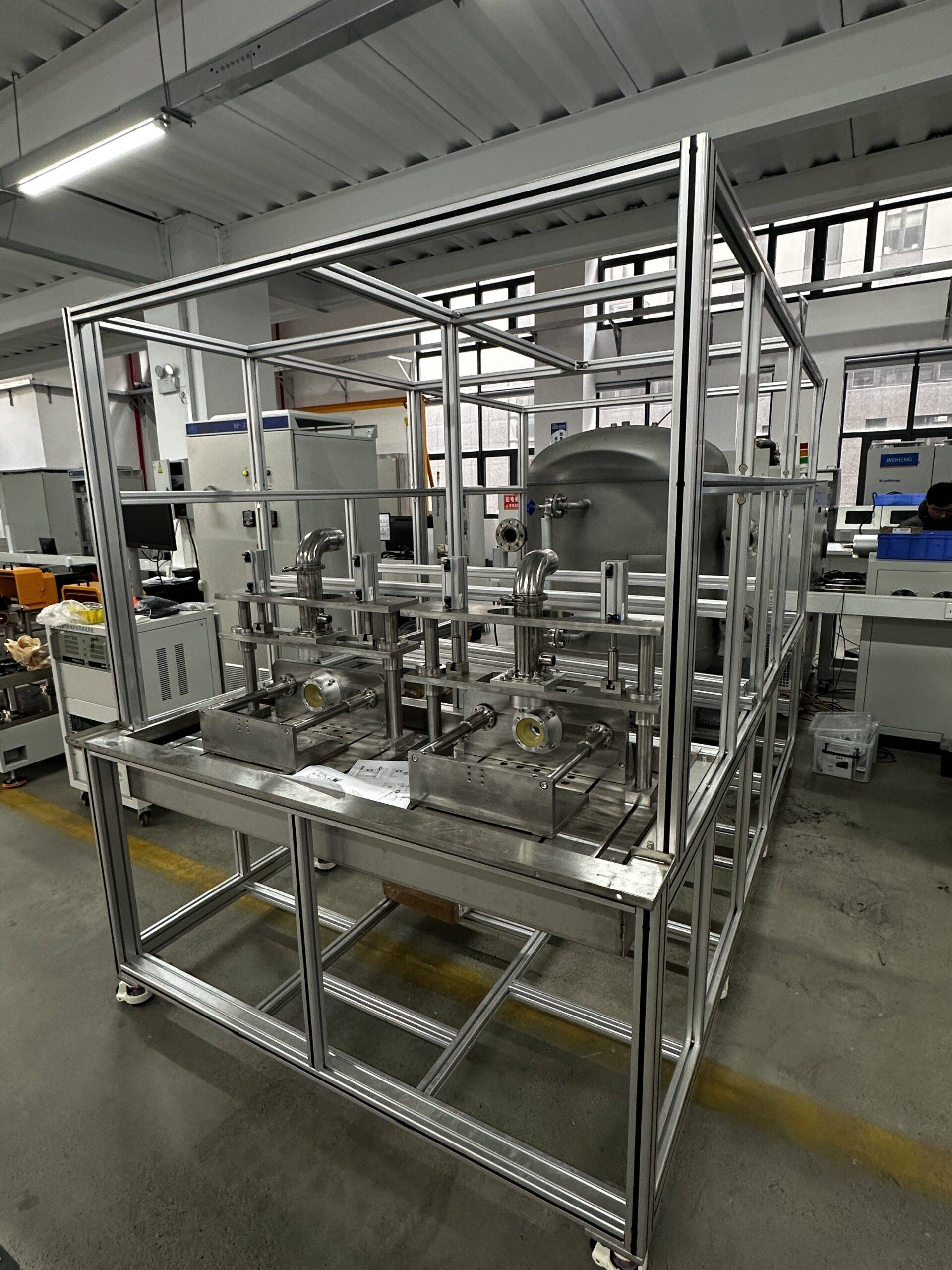
Das Wasserpumpenprüfsystem ist ein spezielles Gerät, das für die Leistung von Wasserpumpen verwendet wird, häufig verwendet, um Schlüsselparameter wie Fluss zu bewerten, head, Leistung, und Effizienz.
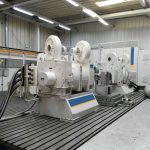
Die Hochgeschwindigkeitsmotor-Testbank ist ein spezielles System zur Bewertung und Validierung der Leistung von Hochgeschwindigkeits-Elektromotoren unter verschiedenen Betriebsbedingungen. Es besteht aus mehreren Schlüsselkomponenten, einschließlich eines Dynamometers, Echtzeit-Controller, Datenerfassungssystem, und verschiedene Sensoren
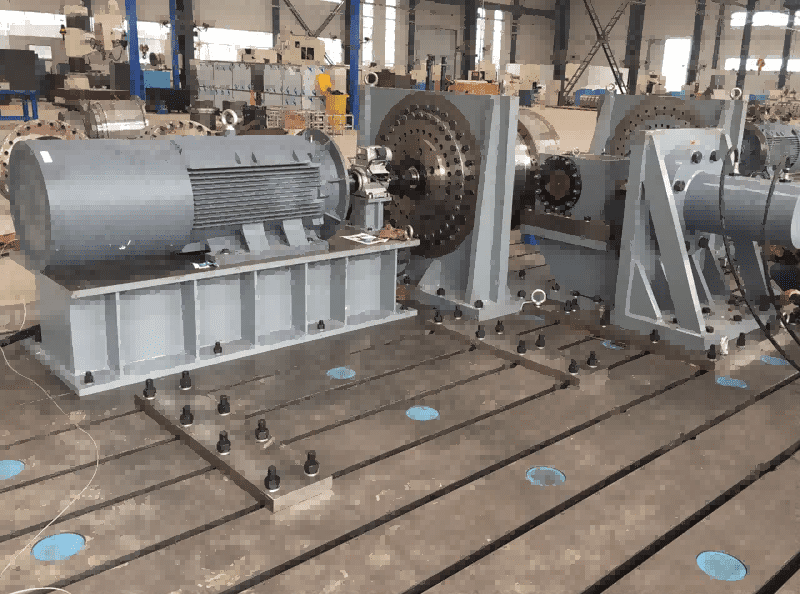
Planetenreduktionstestbank, Harmonische Reduzertestbank RV Reduder -Testbank Reduzier-Testbänke mit viererer Serie
Für Fragen oder Unterstützung, Bitte kontaktieren Sie uns per E-Mail unter [email protected].
Wir sind bestrebt, zeitnah zu reagieren.
Brauche sofortige Hilfe? Call us at +86 156 1877 0706.
Unser Team steht Ihnen gerne zur Verfügung.
Wir heißen Sie herzlich willkommen, unser Büro unter zu besuchen 3F, Gebäude 2, Nr. 511 Xiaowan Road, Fengxian, Shanghai, China.
Lassen Sie uns Ihre Bedürfnisse persönlich besprechen.

© 2025 Shanghai EconoTechnology Co., Ltd. Alle Rechte vorbehalten.
Förderung von Innovationen durch zuverlässige Testlösungen.